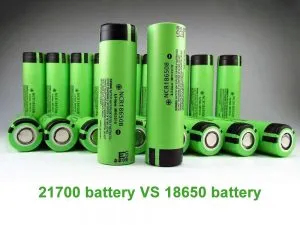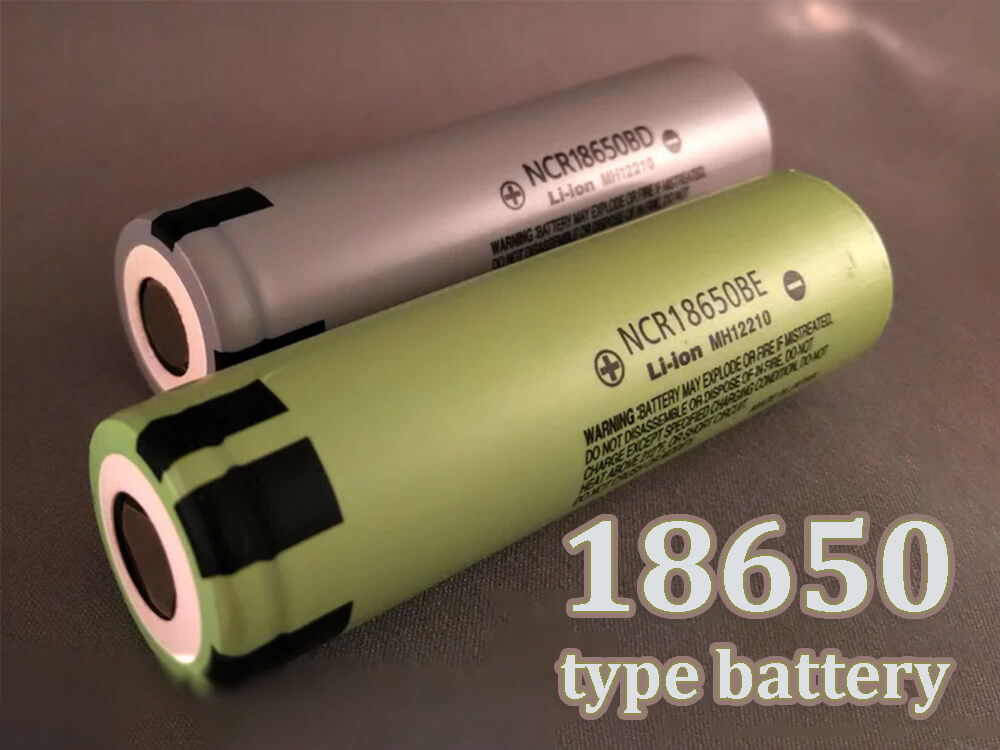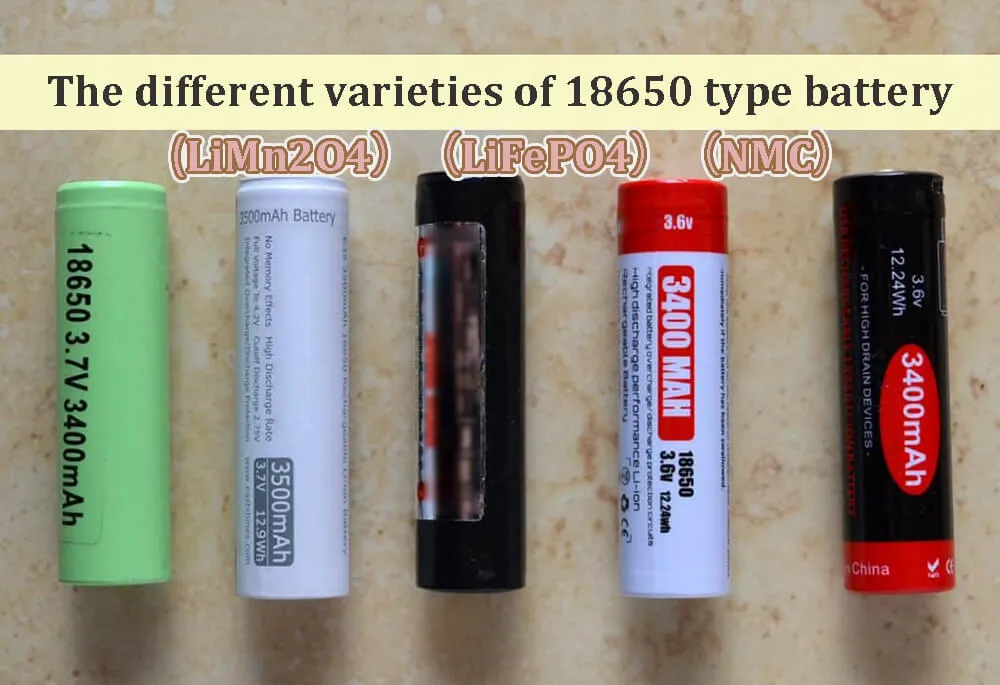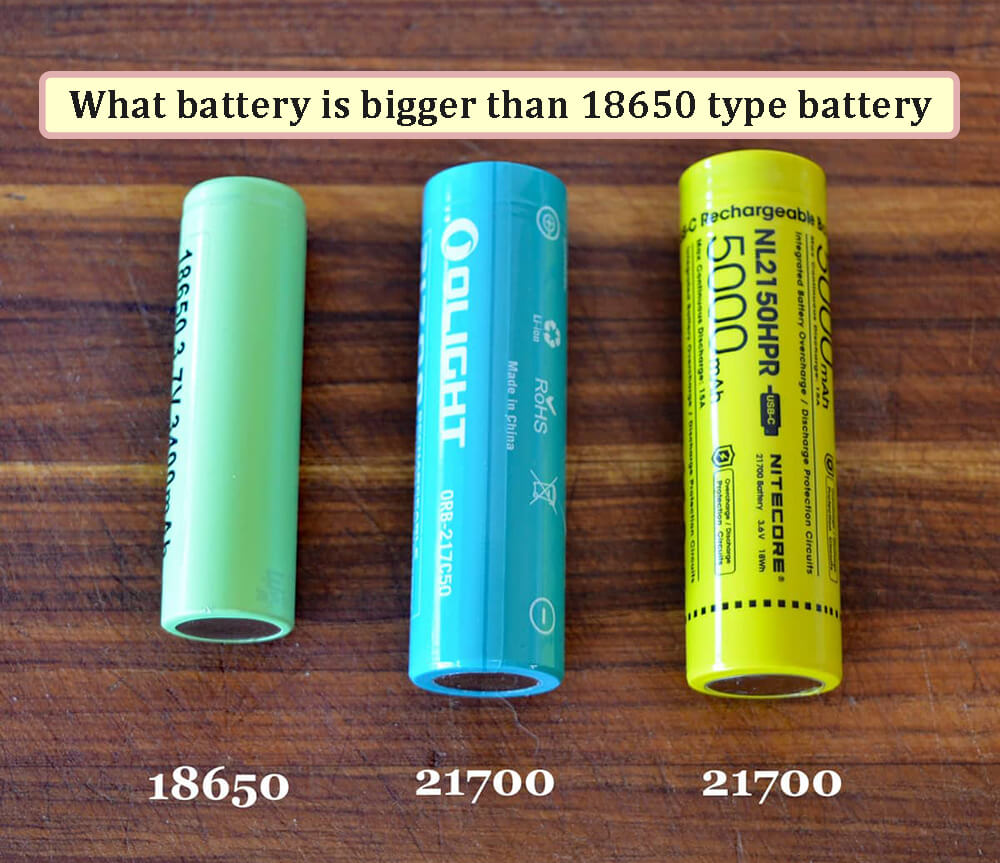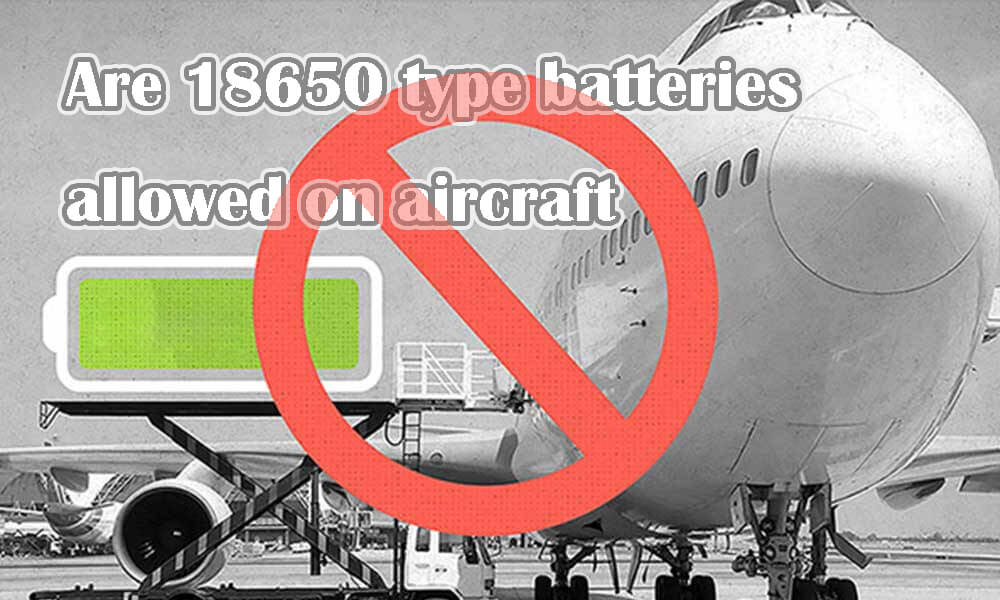9 facts about the 18650 type battery
- How many types of 18650 batteries are there
- What is the voltage of an 18650 cells
- What are the applications for lithium 18650 cells or battery packs
- What battery is bigger than 18650 type battery
- How to store 18650 type cells safely
- What happens if 18650 type battery is overcharged
- Are 18650 type batteries allowed on aircraft
- Do 18650 type batteries expire if not used
- Why are 18650 type lithium-ion batteries so popular
The 18650 type is a lithium-ion cell. The name “18650” comes from its size -18mm x 65mm. This is slightly larger than a usual AA battery. 18650 cells are now widely used in flashlights, cameras, laptops, power tools and even electric vehicles.

In this article, we will introduce you to 18650 type battery and highlight their key features. Let’s first take a quick look at the types of batteries on the market, then we will get into the specifics of 18650 type cells.
There are two basic types of batteries – Primary cells and Secondary cells. The primary battery is not rechargeable. They are fully charged and sold to consumers, and when their charge is completely depleted, they are discarded. Secondary cells can be charged and recharged many times. The price of the secondary cells is higher than primary cells, but the life-cycle cost is less compared to primary cells. The 18650 type cells are secondary cells and rechargeable.
How many types of 18650 batteries are there
First, there are two main types of 18650 type batteries. One is protected and the other one is unprotected.The protected cell has a circuit inside the cell packaging that can protect the cell from over-charging, over-discharging, overheating, overcurrent, or short circuits. Protected 18650 battery are safer to use as it is protected from fire or bursting.
The unprotected 18650 cells do not have the internal circuit to make them safe, but they are cheaper.Secondly, there are different cell chemistry within the 18650 type lithium-ion cells. A few of the lithium-ion battery chemistry currently available are:
● LFP or lithium iron phosphate or simply lithium phosphate
● LMO or lithium manganese oxide
● NMC or lithium nickel manganese cobalt
● NCA or lithium nickel cobalt aluminium
● LTO or lithium titanate
Third, the 18650 type lithium-ion batteries can be divided based on the cell design as there are button top and flat top cells.When compared to other lithium batteries, LFP batteries provide numerous advantages. For example, the battery has a longer life span, is extremely safe, is lightweight, and has improved discharge and charge efficiency.
What is the voltage of an 18650 cells
The nominal voltage of a lithium iron cell is 3.2 V to 3.7 V and the capacity ranges from 2500 mAh to 3600 mAh, which battery has the most voltage, compared to others, Lithium high voltage(LiHv) battery cells have a higher voltage ratio.The cell voltage at the time of working may be between 2.5V to 4.2V and the charging voltage is 4.2V.
As the 18650 cell voltage of lithium-ion batteries is more than other batteries (carbon-zinc has only 1.5V), lithium batteries have more energy density. That means if we have two batteries of the same size, the lithium battery will have more charge and run for a longer period. So, lithium-ion batteries, such as 18650 cells carry more energy per volume or per weight compared to other types of batteries.
What are the applications for lithium 18650 cells or battery packs
The lithium 18650 cells are used for portable appliances like flashlights, cameras, laptops, and power tools. The 18650 cells pack is used in electric vehicles starting from e-bikes to cars. Tesla is the best example of using 18650 type battery packs. 18650 type battery packs are also used in storage for solar systems. The most common and widely used 18650 type battery pack in energy storage is a 12V, 100Ah lithium-ion battery.
What battery is bigger than 18650 type battery
21700, 22700, 25700, 30700 and 4680 type cells are bigger cells than 18650 type cells having a higher capacity. The 21700 battery cells are also having 3.6/3.7V but their capacity ranges from 4000 to 5000 mAh. The 4680 battery cell is designed by Tesla for next-generation electric vehicles. 4680 format cell is much bigger in size and has five times more capacity.
How to store 18650 type cells safely
If the 18650 cells is not used for a long time, it should be charged with 40% – 60% of the power and stored the 18650 cells in a dry and cool environment. And charge the 18650 cells every 3 months to avoid irreversible loss of capacity due to low charge caused by self-discharge of the battery after too long a storage period. The battery capacity will be reduced by 90 – 80% in case of long-term storage. It is always advisable to check the manufacturer’s data sheet for the storage of 18650 cells.
What happens if 18650 type battery is overcharged
Overcharging is not safe for an 18650 type battery as it increases the pressure inside the 18650 cells. The 18650 type cell will heat up when overcharged. As it heats up, the 18650 cells will accept more current and the temperature of the battery will be higher and higher which is very dangerous. This condition is known as a thermal runaway, and it will burst the battery or cause a fire. Therefore, a protection circuit and a safety valve at the top side of the 18650 cells are provided to keep them within safe limits. In total, it is not recommended to overcharge and overdischarge the lithium-ion battery.
Are 18650 type batteries allowed on aircraft
While shipping as cargo
The International Civil Aviation Organization (ICAO) banned the transportation of all standalone lithium metal and lithium-ion batteries (in any quantity and packaging) as cargo in passenger aircraft from 1st April 2016 and remains in force.
Nonetheless, one can still ship lithium-ion batteries like 18650 cells by air in compliance with certain guidelines in terms of labelling and packaging, but it needs to provide the required reports according to different country requirements. For example, in China, a UN 38.3 test report is required for shipping lithium-ion batteries by air to ensure safety during transportation.
While Flying
Devices containing lithium metal batteries or lithium-ion batteries, such as smartphones, tablets, cameras, and laptop computers are allowed in carry-on baggage while flying. This is as per Federal Aviation Administration norms. There is no restriction for primary lithium batteries or alkaline rechargeable batteries.So there are some 18650 cells that can be taken on board.
Spare (uninstalled) lithium batteries are not permitted in checked baggage. They must travel in carry-on luggage with the passenger. But there is an upper limit on the allowable battery capacity which cannot exceed 160 Wh.
Do 18650 type batteries expire if not used
Lithium-ion batteries self-discharge or lose charge over time if it is not in use. The usual self-discharge rate is 0.5-2% per month. An 18650 cells has a shelf-life of 3 to 6 years depending on the type of use, such as high demand or sparingly used.
Therefore, the battery should be used as early as possible after being manufactured. See the expiry date or manufactured date in the battery specification.
Why are 18650 type lithium-ion batteries so popular
The battery in mobile phones, tablets, or laptops is most likely a lithium-ion 18650 cells. They are also used in medical equipment, power tools, electric vehicles, and renewable energy storage devices. The LFP (LiFePO4) 18650 type lithium-ion battery packs are easily available, more stable, lightweight, and compact than comparable battery types. They have a longer life and the self-discharge rate is only 3% per month which is an advantage compared to other batteries.
Related post:
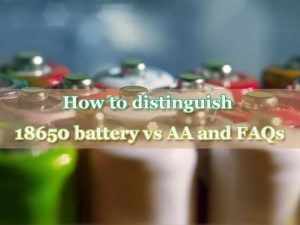
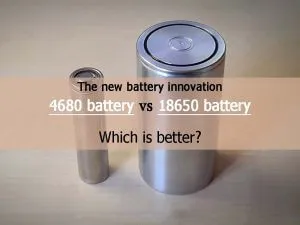
The new battery innovation 4680 battery vs 18650 battery – which is better
